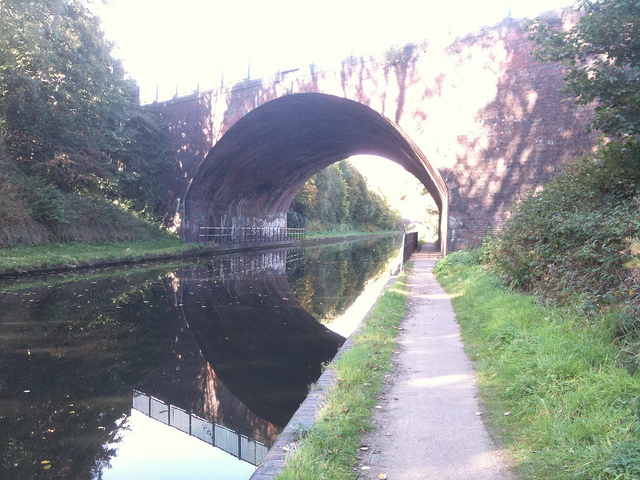As we get ready to move into the summer months, have you thought about your goals and what you want to get accomplished? Before we know it, August will roll around and it will be time to gear up for another academic year. Whether you are planning a productive summer or just thinking about a large project, there are some specific steps you can take to make sure you have a plan to achieve your goals. In today’s post, I will share how the principles of backward design can be used to come up with a plan to get your work done.

Without a concrete plan of action, you may struggle to complete your most significant work.
Activities such as meetings or email present themselves as pressing and urgent, but work such as research projects often come without hard deadlines.
Moreover, you may be able to finish smaller projects such as class prep in one session, but many projects such as writing and research will require many hours to complete.
How do you come up with a plan to make sure you’re setting aside time to get your most important work done?
I want to suggest that you can use the concepts underlying backward design to develop a roadmap for your work.
Backward design is an approach to course and curriculum planning that calls for creating learning goals and objectives and then working backward from those goals to determine your instructional approaches, methods, and assessments.
Simply put, backward design calls for beginning with the end in mind.
Often, the advice you receive is built on these kinds of principles even if they aren’t described in quite this way.
For example, faculty on the tenure track are often given advice to have 2-2-2. You should have two articles in data collection/analysis, two that are being written, and two that are under review.
There are different versions of this advice, but the basic point is to have articles at various stages of completion. The rationale for this is that you will have 2 articles completed each year, which meets a common standard for tenure.
If you need ten articles by the end of five years, then you better complete two a year.
So how does this apply to project planning? There are a few basic steps.
1. Come up with your goal and a date for completion.
This summer, I want to complete a first draft of a book manuscript that I’m working on right now. My hope is to have the first draft completed before the start of the new school year.
Thus, my goal is to have a first draft of approximately 200 pages finished by August 15th.
2. Identify how much time you have between now and your deadline.
Next, you need to identify how much time you have between now and your deadline. Depending on your goal, you may divide this by weeks, months, or years. In my case, since I’m planning for the summer, I will measure in weeks.
I have 12 weeks to complete my project which includes the weeks of the summer minus my planned vacation time.
3. Break your project into discrete sections and tasks.
After identifying your goal and the amount of time available to you, you need to divide up your project into smaller chucks that you can use to plan time. Since I’m writing a book project, I could divide it by chapters or pages. For planning purposes, either works.
4. Allocate your discrete project aspects to time.
You now have smaller parts of your project and the amount of time available. As a result, you can allocate your time by task.
In my example, I need to write approximately 200 pages over the course of 12 weeks. As a result, I will need to write 16-17 pages per week.
Now That Seems Doable
I bet you when read that I needed to write 200 pages over the summer you were a little overwhelmed at the thought. Okay, maybe that’s just me projecting!!
It is a lot, but if I think about it as 16-17 pages a week it seems much more doable.
I know I can write about 3-4 pages per hour (remember, this is just a first draft).
This means I need to set aside 4-5 hours each week.
Now that seems doable!
Huge blocks of time, like the summer, can be a blessing or a course depending on how you approach them.
If you use the principles of backward design, you can break your task into manageable chucks and figure out how much time you have to complete them.
This type of planning can give you a concrete way to think about your work.
Not only will this approach help you achieve more, I suspect it will reduce your stress and anxiety.
Before you head out for summer, take a few minutes to backward plan your goals. You’ll be glad you did!

